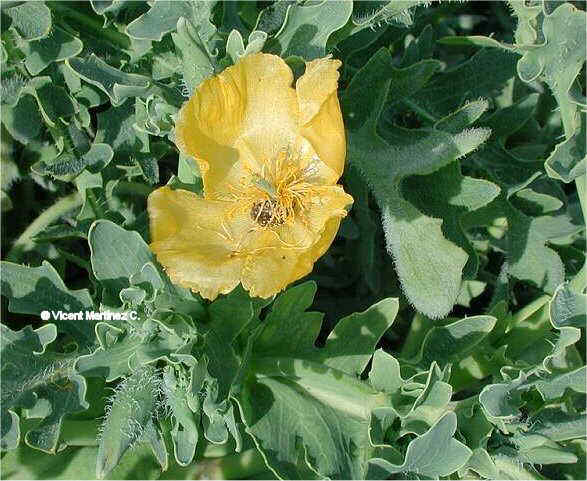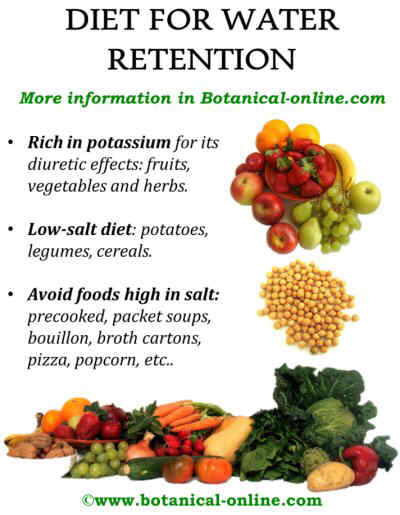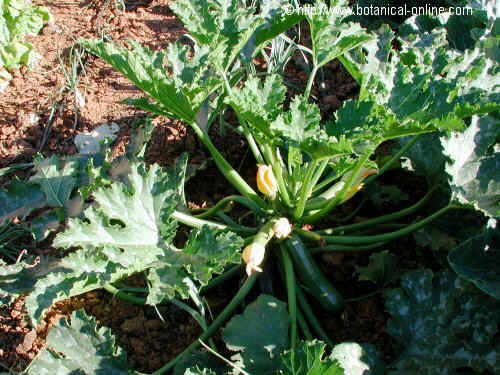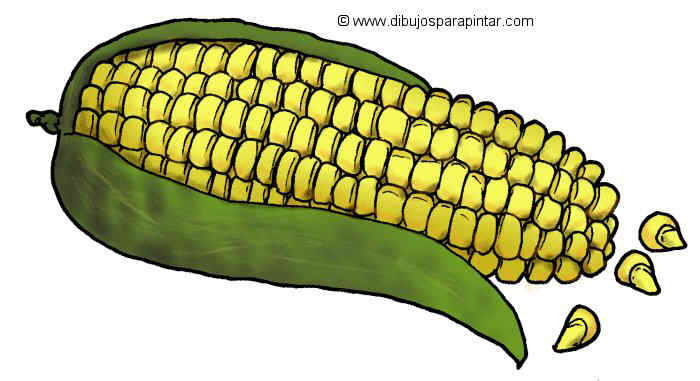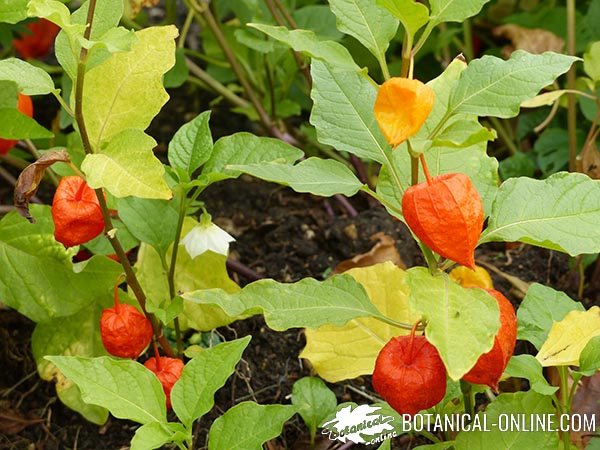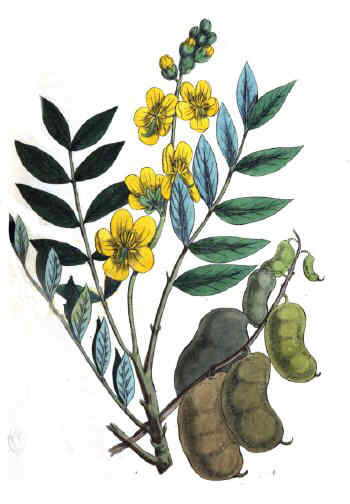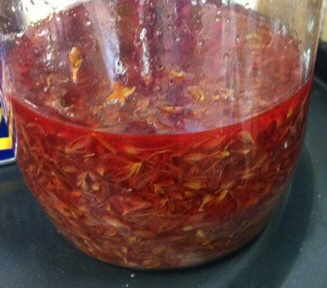Contents
Edible benefits of corn oil
Characteristics of corn oil?
Corn oil is rich in polyunsaturated fatty acids (58.7% of linoleic acid) or monounsaturated (24.2% oleic acid) versus saturated (12.7% of palmitic and stearic acid.
Within polyunsaturated fatty oils, corn oil is rich in omega-6 (linoleic acid). Omega-6 is an essential fatty acid, whose importance in the health of the circulatory system is transcendental (for lowering cholesterol, preventing atherosclerosis, decreasing heart attacks.)
Corn oil is a vegetable oil with a higher proportion of polyunsaturated fats, only surpassed by walnut oil containing 63, 3% (See table of fats).
- As most vegetable oils, it does not contain cholesterol
What is corn oil good for?
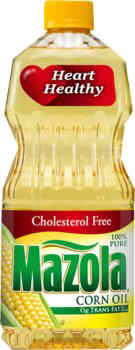 A bottle of corn oil
A bottle of corn oilThis oil is especially useful to eat raw or cooked, providing abundant essential fatty acids, which are those that the body can not manufacture and must take from food.
Which is the best corn oil?
The best corn oil is the one that is obtained by cold pressing of corn germ, without the intervention of heat,.
This is done by germination of corn grains and then, after it has dried, oil is extracted.
This oil is rich in vitamin E, which is a type of vitamin that is obtained through vegetable fats and is an important element for heart health and for the prevention of many degenerative diseases, since it constitutes a great antioxidant.
Properties of corn oil
It has been found that the efficacy of corn oil virgin in cholesterol reduction is much greater than that of refined oil, by the presence of a much larger proportion of phytosterols.
Corn oil has a very good taste and very good qualities. Its use can enhance the flavor of foods, especially salads, casseroles or stews.
It is also suitable for mayonnaise or desserts. It must be remembered however, that like other polyunsaturated oils (sunflower oil, soybean oil, etc..) or monounsaturated oils (olive oil, canola or peanut) it is less stable than refined (refined alters the quality of fatty acids but makes them more stable).
- We must prevent these oils decompose in contact with sunlight or heat, so they must be stored in a cool dark place.
| CORN VIRGIN OIL OR CORN REFINED OIL? WHICH ONE TO CHOOSE? |
| If you prefer corn oil to be more durable and have more resistance to turn rancid, we will choose refined corn oil. At the time of frying, as well as other oils, it is desirable to use small quantities and not to reuse it to prevent oil develop toxic substances to the body. It has been found that corn oil has a higher resistance to oxidation than soybean oil. |
Is corn oil very fattening?
We must not forget that corn oil, like other edible oils, contains a large calorific value, so we have to be prudent in abusing of it can lead to obesity problems. A teaspoon of corn oil contains about 120 calories.
To reduce fat intake, if you have obesity problems or want to lose weight, it is important that once poured into the pan, let it heat thoroughly before adding food. Thus, the food will absorb less oil.
You can choose the technique of “sauté” consisting on sauteing foods with a little oil mixed in a little water. Sauteing allows frying without food having to be soaked with a lot of oil
Beware of hydrogenated oils!
Corn oil becomes part of the composition of many vegetable margarines using this oil along with other natural vegetable oils, mainly soybean oil, olive oil or sunflower. These oils are treated with hydrogen to achieve stabilization.
As a result of this process, hydrogenated fats are formed, having improved texture, appearance and better preservation, but they act in the body as if they were saturated and, therefore, less healthy.
Although margarine does not contain much saturated fat as butter, is not recommended to be used as as pure oil. Foods that are fried with a little corn oil are healthier than those fried in butter, margarine or shortening.
Cosmetic properties of corn oil
Corn oil is used in cosmetics for the treatment of dry skin and dry hair thus it becomes part of many products prepared for this purpose. It is also used to help treat many skin conditions
![]() More information on corn.
More information on corn.

